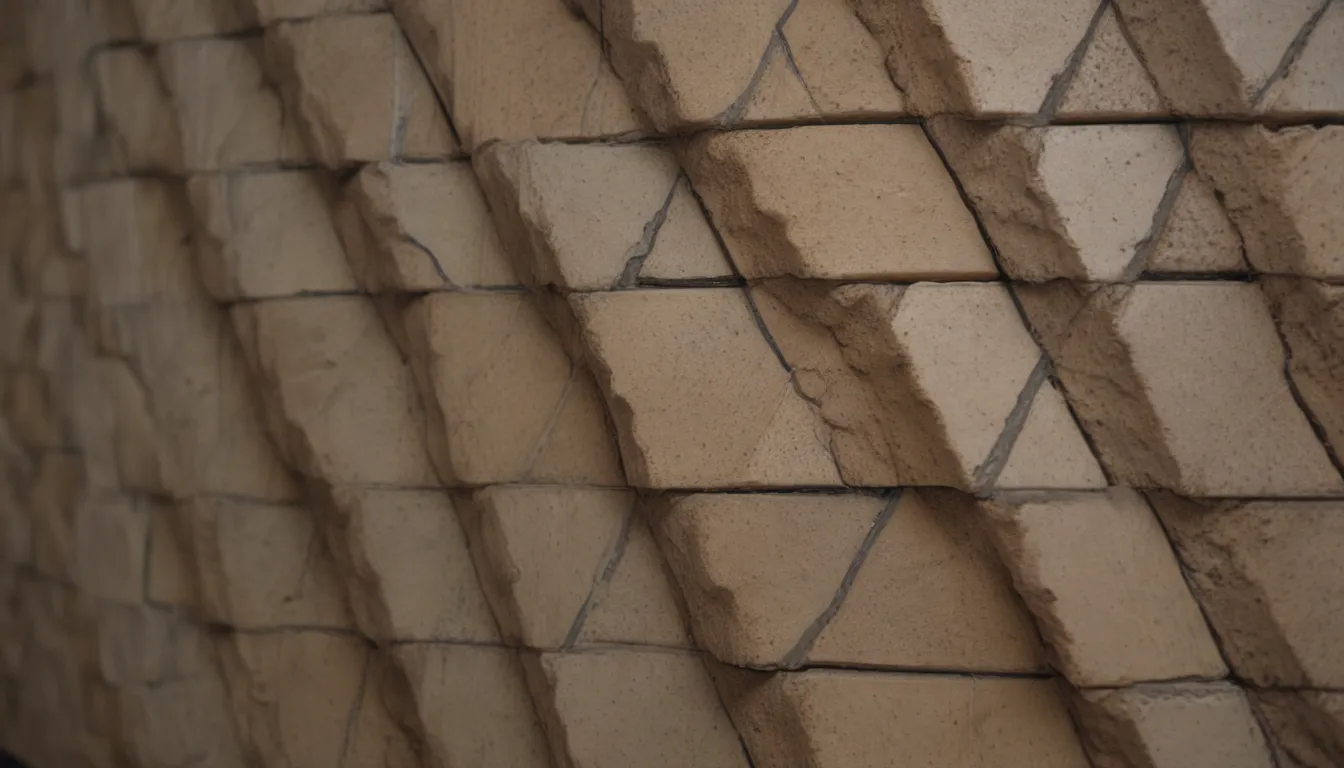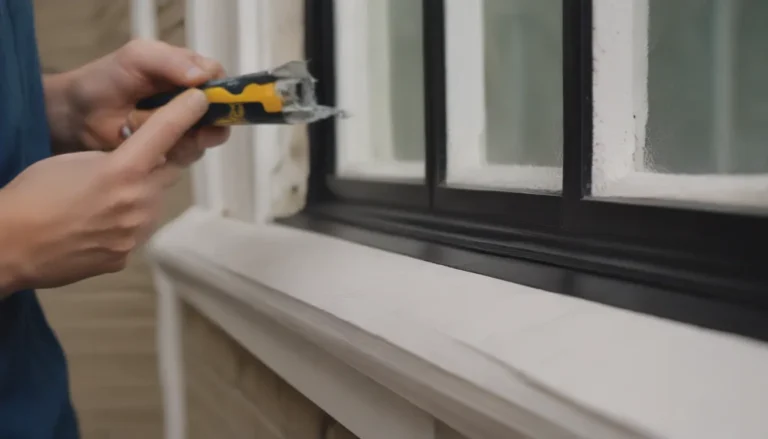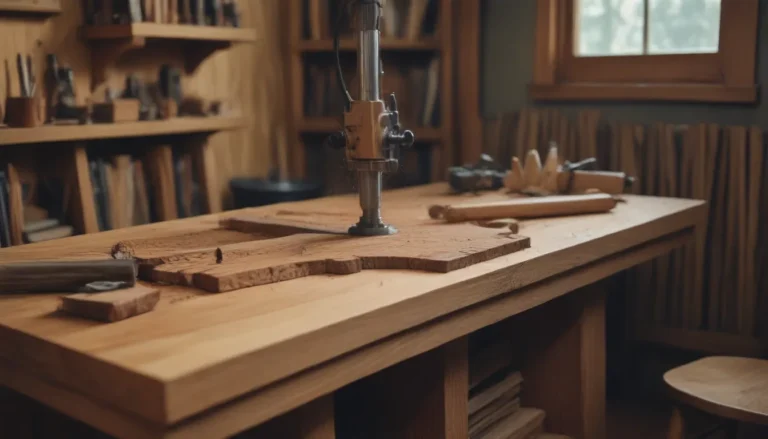Understanding the Distinction Between Grout and Mortar

When embarking on a tiling project, it’s essential to have a solid grasp of the difference between grout and mortar. While these terms may seem interchangeable at first glance, they serve distinct purposes in the realm of construction and masonry work. Both grout and mortar play crucial roles in ensuring the longevity and stability of tile installations, making it imperative to use them correctly. So, let’s delve deeper into the nuances of grout and mortar to understand their unique properties and applications.
Grout: Strengthening Tile Joints
Grout is a vital component in tile installations, primarily used for filling the gaps between tiles and strengthening their joints. It serves as a protective barrier against water infiltration, preventing moisture from seeping beneath the tiles and causing damage. Moreover, grout enhances the aesthetics of the tiled surface by providing a cohesive look and preventing debris accumulation in the joints.
Composition of Grout
Grout typically consists of high-strength Portland cement, graded aggregates, polymers for flexibility, and pigments for color customization. These components work together to create a durable and visually appealing finish for tiled surfaces.
Types of Grout
- Sanded Grout: Ideal for wider tile joints, providing added strength and stability.
- Unsanded Grout: Suitable for narrow tile joints, offering a smoother finish.
- Epoxy Grout: Resistant to stains and moisture, perfect for high-traffic areas and humid environments.
Applications of Grout
Mixing dry grout with water or opting for pre-mixed formulations, you can apply it to the tiled surface using a rubber tile float. This process ensures a seamless finish and reinforces the structural integrity of the installation.
Mortar: Bonding Tiles and Masonry Materials
In contrast to grout, mortar serves as a bonding agent for tiles, bricks, natural stone, and other masonry materials. It provides a secure foundation for these elements, ensuring their stability and longevity in various construction applications.
Composition of Mortar
Mortar formulations vary depending on the intended use, with common ingredients including coarse sand, Portland cement, lime, polymers, and water retention compounds. These components work harmoniously to create a strong adhesive that binds masonry products together effectively.
Types of Mortar
- Thinset Mortar: Specifically designed for bonding tiles to substrates such as plywood, cement board, and concrete.
- Type-S, N, O, M, K Mortar: Variants tailored for specific masonry applications based on compressive strength and durability requirements.
Applications of Mortar
Mixing dry mortar with water to achieve the desired consistency, you can use it to lay bricks, stones, and tiles in various construction projects. Thinset mortar, available in both dry and pre-mixed forms, offers convenience and reliability in tile installations.
Distinctive Traits of Grout and Mortar
While grout and mortar share some common characteristics, such as cementitious ingredients, they serve distinct purposes in the realm of construction and masonry work. Understanding the unique properties of grout and mortar is essential for ensuring the success of your tiling projects.
Differences Between Grout and Mortar
- Function: Grout is used for filling tile joints, while mortar serves as a bonding agent for tiles and masonry materials.
- Composition: Grout typically contains Portland cement, aggregates, and pigments, whereas mortar incorporates sand, cement, and other additives.
- Appearance: Grout enhances the visual appeal of tile installations, while mortar provides a stable foundation for masonry elements.
- Applications: Grout is applied to tile joints, while mortar is used to bond tiles and masonry products in construction projects.
Can Grout and Mortar be Interchanged?
It is not advisable to interchange grout and mortar due to their distinct functions and formulations. Using the wrong product for a specific application can compromise the integrity and longevity of your tile installations. Most tile manufacturers recommend specific types of grout or mortar for optimal performance, ensuring the durability and aesthetic appeal of the finished project.
When working with thinset mortar, it’s essential to avoid pressing the tiles too forcefully or applying excessive mortar, as this may result in inadvertent grouting between the tiles. While minor spills of thinset are acceptable, they should be removed before hardening to prevent interference with the grouting process.
In conclusion, understanding the roles of grout and mortar in tile installations is crucial for achieving professional results in your construction projects. By utilizing the right product for the right application and following proper installation techniques, you can ensure the longevity and durability of your tiled surfaces.
By incorporating these insights into your tiling endeavors, you’ll enhance the quality and aesthetics of your construction projects while maintaining the structural integrity of your installations. Remember, grout and mortar are your allies in creating beautiful and enduring tile surfaces – use them wisely and reap the benefits of a job well done.





